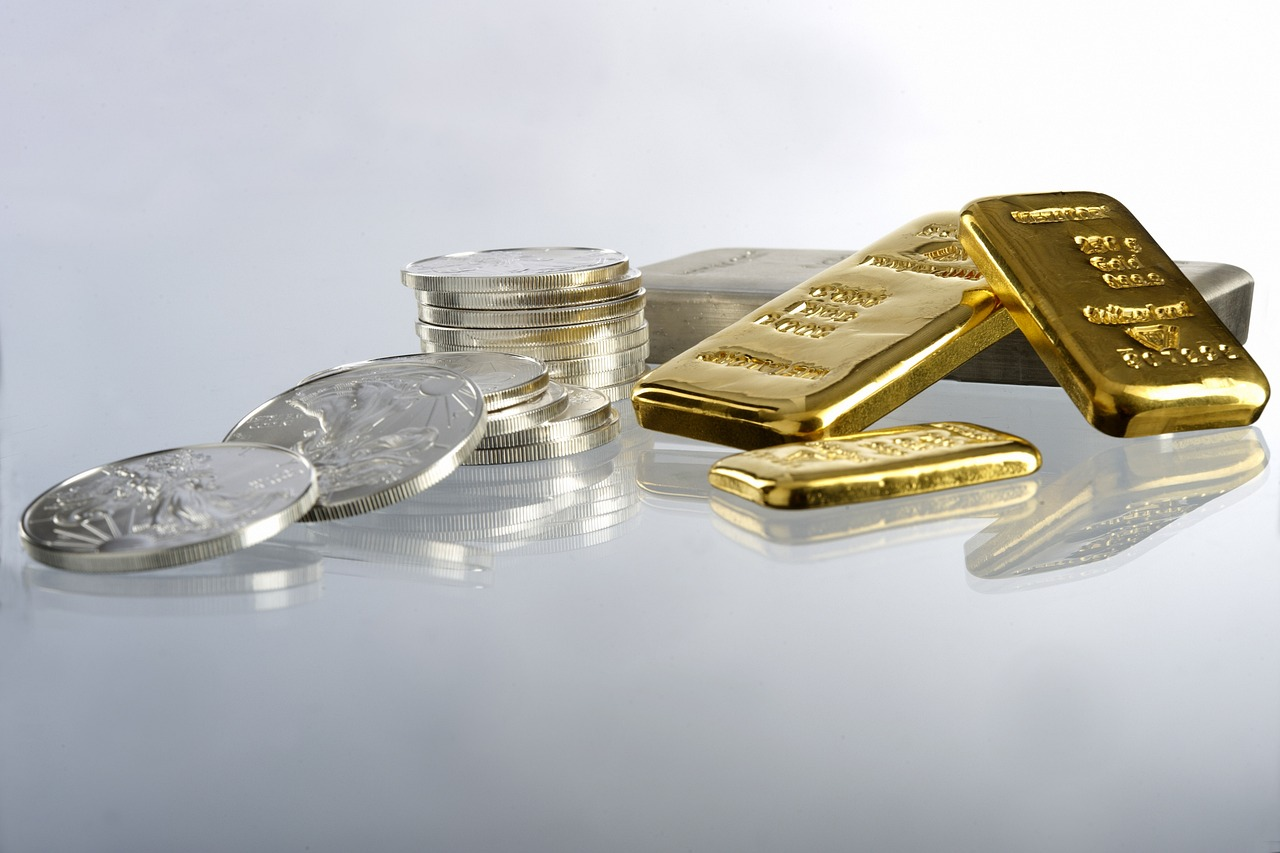In the world of precious metal trading, the gold-to-silver ratio has a special place. It is one of the major indicators in this segment of the commodity market. Using the gold-to-silver ratio to trade adds more versatility and options to your trading strategy compared to simply focusing on one of the precious metals. In this article, we are going to look into some trading approaches that investors and fund managers could employ using the critical ratio.
Gold-to-Silver Ratio
The gold-to-silver ratio indicates the number of silver ounces required to buy one ounce of gold at current market prices. The ratio has averaged around 70 to 80 over the last few decades. However, it can deviate from these averages for prolonged periods of time. In the last 30 years, the lowest reading for the ratio was in early 2011, when it dropped to just 32, while the highest ratio was registered in early 2020, at 126.
Tracking the ratio and using it in your analysis opens up investment opportunities that could be missed if the metals were evaluated separately. Below we list some of the ways, investors, traders, and fund managers might use the gold-to-silver ratio to their advantage.
Gold-to-Silver Ratio Trading Strategies
1. Identify the metal with a stronger trend to bet on
Gold and silver are highly correlated assets - when one rises, the other tends to follow. When they have roughly similar growth (or decline) rates, the gold-to-silver ratio stays flat. When the gold-to-silver ratio is on a clear uptrend or downtrend, one of the two metals has a much stronger trend than the other. This is an opportunity to pick the metal with the stronger trend for trading.
2. Watch out for large deviations from the historical average
Large deviations from recent historical averages are another great signal generated by the gold-to-silver ratio chart. In the last 5 years, the ratio’s average was in the 70s. When the ratio moves above 90 or below 50, it tends not to stay at these extremes for too long. Due to their inter-related nature, the two metals often bring the gap in their prices closer at times of sudden deviations. As such, the ratio tends to quickly fall after large deviations from historical averages.
As recently as September last year, the gold-to-silver ratio shot up to 95. Over the following 4 months, it gradually declined to 75 – a much more familiar territory. Such deviations from the average might be a good time to place some trades. For instance, if the ratio is high and both metals are in an uptrend, you could long silver. On the other hand, if the ratio peaks but both metals are in a downtrend, shorting gold would be the preferred strategy.
3. Watch out for strong emerging trends and use the spread trading strategy
When a clear trend in the gold-to-silver ratio emerges, spread trading using the two metals could be a great way to hedge risks or profit from the disparity in their growth rates. Spread trading involves longing one asset and simultaneously shorting a correlated one in order to reduce risks or profit from their price growth differential.
An emerging trend in the gold-to-silver ratio indicates that the two metals are likely to experience different growth rates. It could be growth for one and a downtrend for the other. Alternatively, they could move in the same direction but be subject to totally different price line slopes.
Under such scenarios, you could long one metal and simultaneously short the other one. If the gold-to-silver ratio goes into an uptrend, gold becomes the optimal candidate for longing, while silver would be shorted under the spread trading strategy. If the ratio goes into a downtrend, the roles are reversed – silver is then the asset to long, while gold would be shorted.
4. Use the gold-to-silver ratio as an initial assessment point but base your moves on fundamentals
Using fundamental analysis, particularly the forecast supply and demand levels, is always a good option when trading precious metals, or, in fact, all commodities. The gold-to-silver ratio chart can give you great initial input on the current dynamics of the two metals’ prices. However, you don’t have to restrict yourself to investing based on the ratio’s moves and technical analysis.
Supply and demand forecasts can help you identify trading opportunities for gold and silver that might not yet be clearly reflected in the ratio’s chart. This is particularly the case with silver, the more volatile of the two metals. Unlike gold, silver is considered both a precious metal and an industrial one. Industrial demand plays a massive role in the price of silver. Volatility in silver’s supply is also often higher than in the case of gold. Thus, using fundamentals, particularly estimates of supply and industrial demand for silver, could open up more opportunities than those presented by the technical parameters of the gold-to-silver ratio chart alone.

